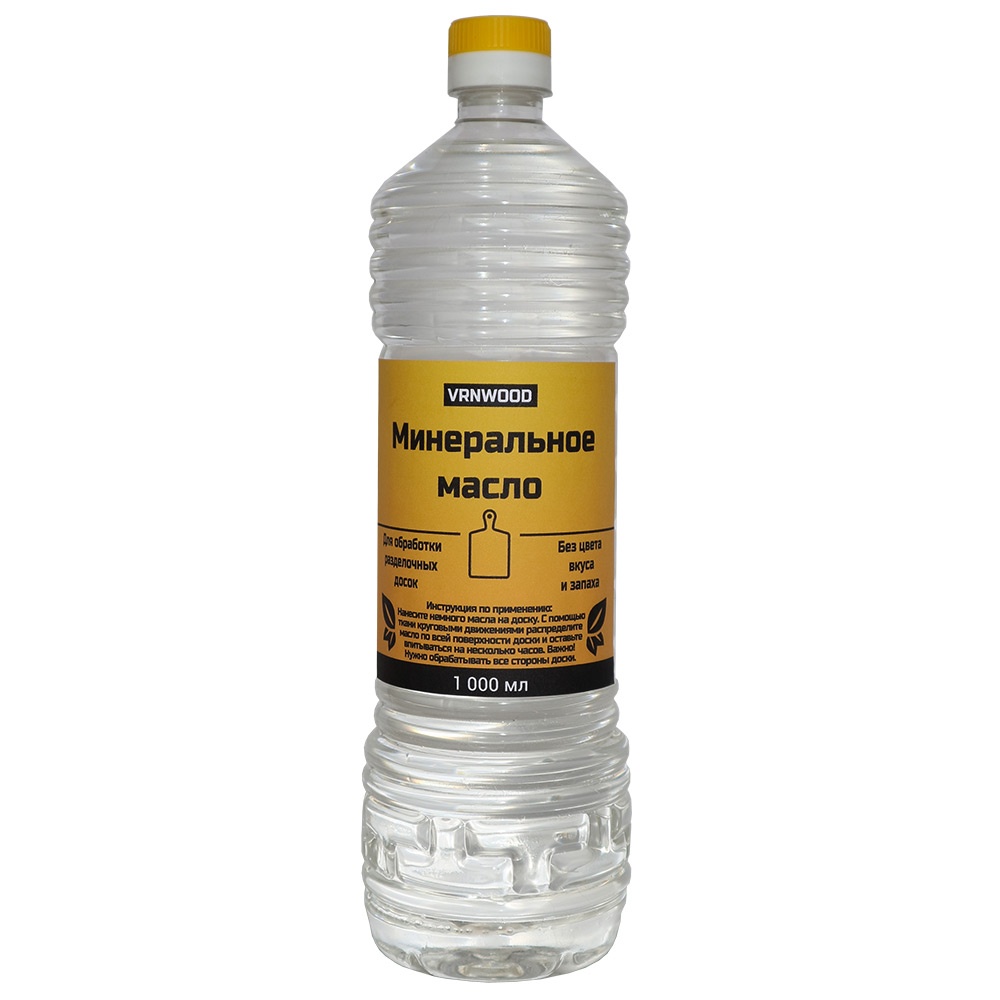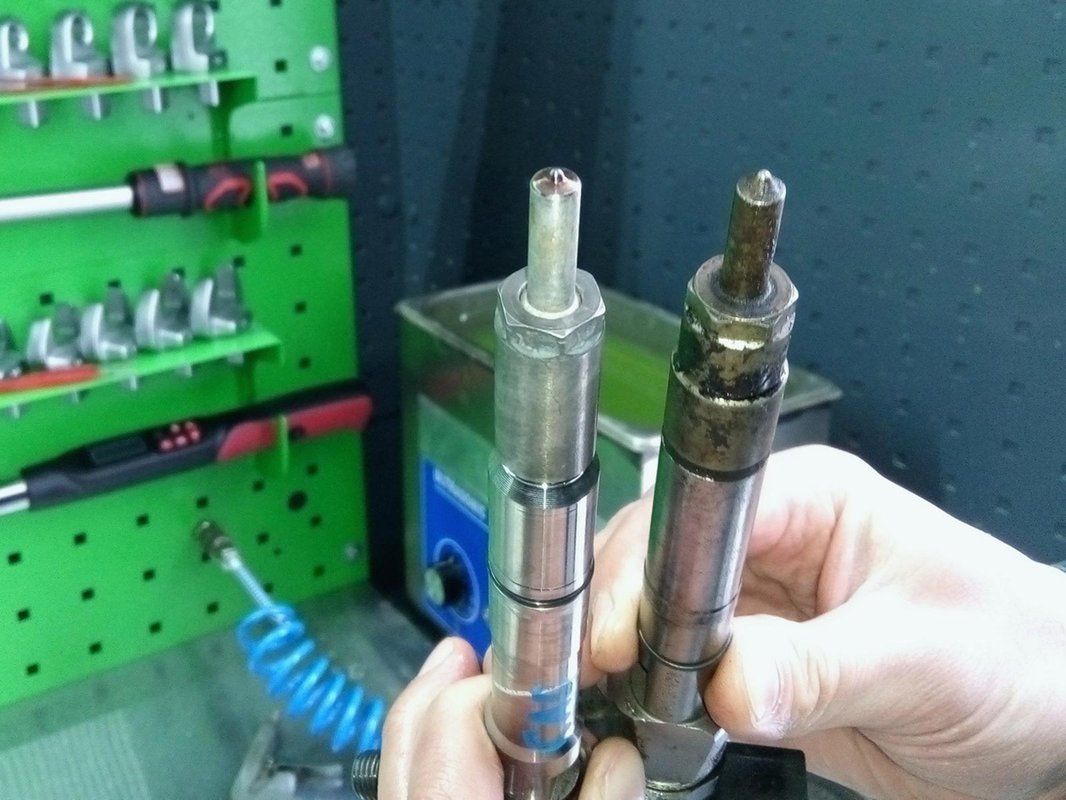
Mineral oil
Content
Mineral oil has a mineral base, since it is a product of petroleum origin and is produced by distillation of fuel oil. It characterized by instability of its characteristics and high volatility. Mineral oils can also be made from industrial crops.
Since the technology for the production of "mineral water" is relatively simple, the price of such oils is much lower than synthetic oils.
Mineral oils are practically not found in their natural pure form, since they can have the necessary lubricating properties only at “room” temperatures without heavy loads. Therefore, in the ICE used only with stabilizing additives, in order to make oils more efficient.
Such additives are added to the base oil and help increase the anti-corrosion, anti-wear, and detergent properties of mineral motor oils. After all, the performance characteristics of oils of mineral origin do not allow to withstand too high temperatures, it thaws quickly in cold weather, and when boiling, it clogs the internal combustion engine with combustion products. Just because of these characteristics, mineral oil for cars, in addition to the base itself, contains about 12% additives. High-quality mineral oil should be produced from good petroleum products and have a high degree of purification.
Composition of mineral oil
"Mineral water", which is used as a lubricant, has this composition:
- Alkaline and cyclic paraffins.
- Cyclanes - 75-80%, aromatics - 10-15% and cyclano-aromatic hydrocarbons - 5-15%.
- A meager amount of unsaturated and alkane hydrocarbons.
Mineral motor oils also contain oxygen and sulfur derivatives of hydrocarbons, as well as tar-asphalt compounds. But all these compounds are not included in the basis of lubricating oils for internal combustion engines in the amount described above, because they undergo deep cleaning.
In addition to the mineral water base itself of various viscosities, the oil also contains a different set of additives, which, in addition to improving basic performance, are also a disadvantage. Since high temperatures adversely affect them, additives burn out relatively quickly, as a result of which the oil changes its properties. This is especially true for high mileage engines.
Viscosity of mineral oil
Not only in mineral oils, but also in other oils (synthetics, semi-synthetics), viscosity is the most important characteristic. In engine oil, as in most fuels and lubricants, viscosity changes with temperature (the lower it is, the more the oil becomes viscous and vice versa). For normal operation of the internal combustion engine, it should not be higher or lower than a certain value, that is, when starting a cold engine at sub-zero temperatures, the viscosity of the oil should not be large. And in the hot season, when starting a heated engine, the oil should not be very liquid in order to provide a strong film and the necessary pressure between the rubbing parts.
Engine oil has a specific viscosity index. this indicator characterizes the dependence of viscosity on changing temperature.
The viscosity index of an oil is a dimensionless value (just a number) that is not measured in any units. This number indicates the "degree of dilution" of the oil, and the higher this index, the wider the temperature range at which normal operation of the engine.
Graph of kinematic viscosity of mineral oil versus temperature.
In mineral oils in which there are no viscosity additives, the index value ranges from 85 to 100, and with additives it can be up to 120. A low viscosity index indicates poor starting of the internal combustion engine at low ambient temperatures and poor wear protection at high temperatures.
Standard SAE, basic viscosity ratings (kinds of) mineral-based oils can be: 10W-30, 10W-40 and 15W-40. These 2 numbers, separated by the letter W, indicate the temperature range in which this oil can be used. That is, its viscosity, at the lower temperature threshold and at the upper one, should ensure the normal operation of the motor.
For example, if it is 10W40, then its temperature range of applicability is from -20 to +35 ° C Celsius, and at +100 ° C its viscosity should be 12,5–16,3 cSt. So, when choosing a lubricant for an internal combustion engine, you need to understand that in mineral motor oils, the viscosity changes inversely with temperature - the higher the oil temperature, the lower its viscosity and vice versa. The nature of this dependence differs based on what raw materials and what method were used in the production of oil.

About Viscosity Oil Additives
The thickness of the oil film between the friction surfaces depends on the viscosity of the oil. And this, in turn, affects the operation of the internal combustion engine and its resource. As we discussed above with the temperature dependence of viscosity, high viscosity is accompanied by a large oil film thickness, and as the viscosity of the oil decreases, the film thickness becomes thinner. Therefore, in order to prevent wear of some parts (camshaft cam - pusher), it is necessary to add anti-seize additives in addition to viscous additives to the “mineral water”, since it becomes impossible to create an oil film of the required thickness in such a unit.
Additional characteristics of mineral oil
In addition to the basic characteristics of mineral oil, there are several others.
- Flash point is an indicator of light-boiling fractions. this indicator determines the volatility of the oil during operation. Low-quality oils have a low flash point, which contributes to high oil consumption.
- Alkaline number - determines the ability of the oil to neutralize harmful acids and resist deposits due to active additives.
- congelation point - an indicator that determines the temperature at which mineral oil solidifies and loses fluidity due to paraffin crystallization.
- Acid number - indicates the presence of oil oxidation products.
Disadvantages and advantages of mineral motor oil
The main disadvantages of mineral motor oil include instability of parameters at different temperatures, as well as rapid oxidation and destruction (burnout of additives at high temperatures), which negatively affects the operation of the internal combustion engine. BUT the only advantage is the price.
Mineral oils are, for the most part, used as mechanical lubricants, although hydrocracking oils, obtained by distillation and deep cleaning with the addition of an additive package, are also used by modern machine brands (for example, Subaru) as a lubricant for internal combustion engines. Such mineral oil turns out to be close in quality to "synthetics", but ages faster, losing its properties. Therefore, you have to change the oil twice as often.
The car manufacturer's recommendations for the use of oil can be found in the technical documentation. Although they often try to pour only synthetic oil, which is an order of magnitude superior to mineral water, however, the price is also much higher. Ordinary mineral oil is intended for older types of internal combustion engines, or in engines with high mileage and only in the warm season. The specific purpose is determined by the classification by quality level.
